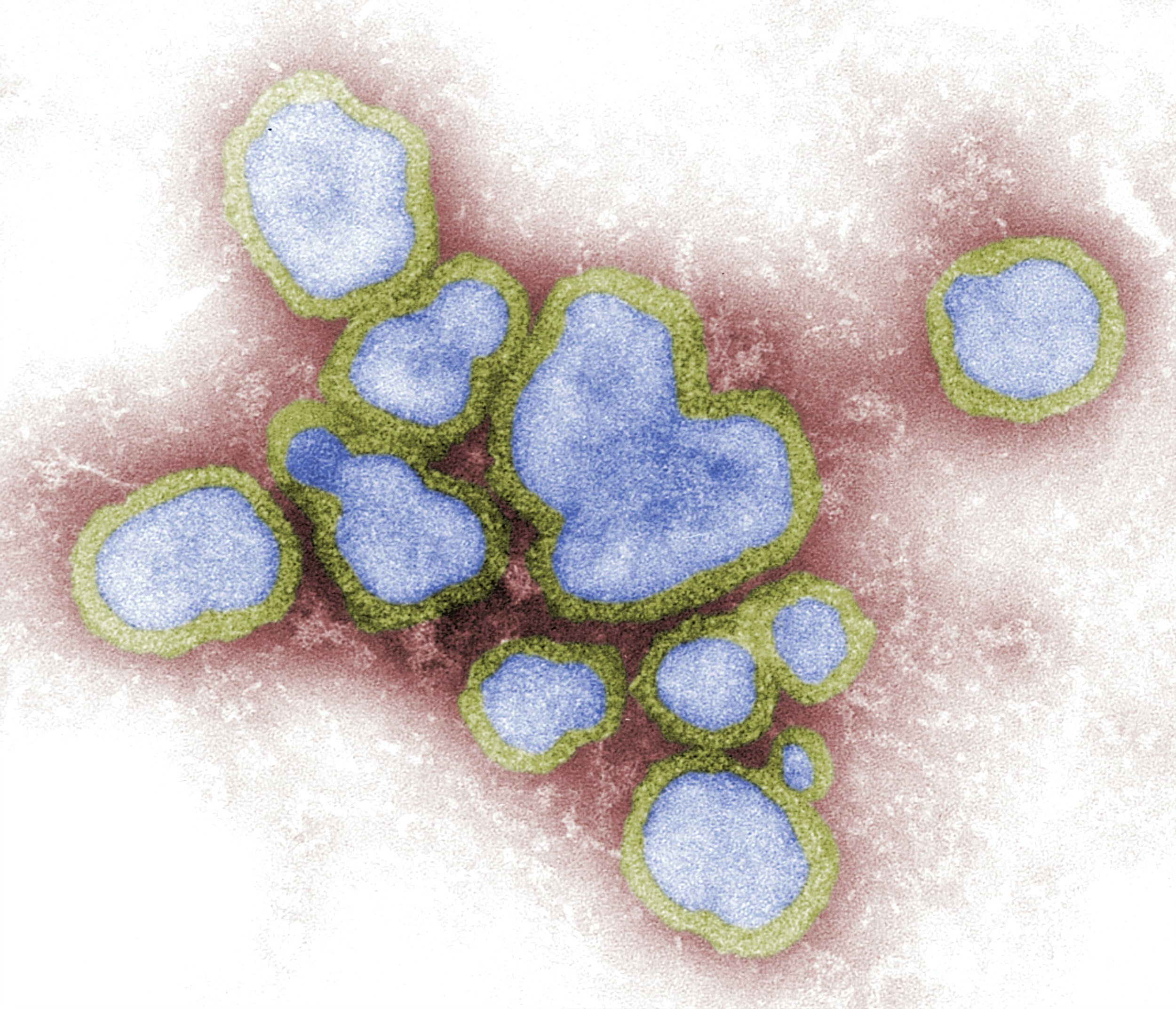
Comparison of High vs. Standard Dose Influenza Vaccines in Adult Solid Organ Transplant Recipients
Principal Investigators: Natasha Halasa, MD MPH (Main PI), Abhijit (Ajit) Limaye, MD (Site PI) and Cynthia Fisher, MD MPH (Co-I)
Sponsors: Vanderbilt University Medical Center
Study Design: Phase II, multi-center, randomized, double-blind, controlled immunogenicity and safety trial
Clinicaltrials.gov ID: NCT04613206
This phase 2 multi-center, randomized, double-blind study compares three different flu vaccine regimens in adult solid organ transplant recipients, to understand vaccine strategies and immune responses and better guide vaccine recommendations in the early post-transplant period.
Status: Currently, in its third year of enrollment, the study targets to enroll approximately 396 subjects as new participants over a four year period at all five study sites. At the University of Washington, there are more than 66 patients enrolled in the study.
Study Sites
Background
Due to the intense induction and maintenance of immunosuppression in SOT recipients, the protective immune response from the influenza vaccine is significantly impaired. Despite vaccination remaining the primary strategy to prevent influenza infection and reduce influenza-associated complications, these protective immune responses are often significantly impaired in SOT recipients, especially in those who receive influenza immunization early post-transplant when induction and maintenance immunosuppression is generally more intense. Spearheaded by Vanderbilt University Medical Center and initiated by the National Institute of Health (NIH) in 2019, the Adult Solid Organ Transplant (ASOT) Study is a randomized, double-blind clinical trial that evaluates the immune response of transplant patients by comparing different flu vaccine regimen to determine the best influenza vaccine strategy in this population.
Rationale
Strategies to reduce severe influenza disease in this highly susceptible population are critical, especially since these individuals respond poorly to Standard Dose Inactivated Influenza Vaccine (SD-IIV).
This proposed study was designed to address four key knowledge gaps:
What is the optimal influenza vaccine strategy for adult SOT recipients, especially in the early post-transplantation period?
Is there increased immunogenicity with administration of one dose of High Dose Inactivated Influenza Vaccine (HD-IIV) or two doses of HD-IIV compared to two doses of SD-IIV in the same season?
What is the durability of the humoral and cellular immunologic response at six months post-vaccination and does one or two doses of HD-IIV maintain higher titers compared to two doses SD-IIV?
Will the optimal immunogenic vaccination strategy be associated with increased safety risk?
The results of this proposed clinical trial will address significant knowledge gaps regarding influenza vaccine strategies (e.g., one vs. two doses and HD vs. SD) and immune responses in adult SOT recipients and will guide vaccine recommendations in the early post-transplant period. Additionally, the findings of this study are likely to provide insights into optimizing vaccine strategies in a broad range of other immunocompromised populations.
Study Design
The study is a phase II, multi-center, double-blind, randomized controlled immunogenicity and safety trial comparing one dose of HD-QIV, two doses of SD-QIV, or two doses of HD-QIV in adult SOT recipients over at least three influenza seasons. At study enrollment, following consent, subjects will be randomized into one of three groups. Group 1 will receive two doses of SD-QIV (0.5 mL; 15µg of each influenza antigen). Group 2 will receive two doses of HD-QIV (0.7 mL; 60µg of each influenza antigen). Group 3 will receive one dose of HD-QIV followed by a placebo dose. The target population is heart, kidney, and/or liver patients who are between ≥1 month and <12 months post-transplant.
Primary Objectives
Immunogenicity:
To compare the HAI GMT to influenza A antigens in adult SOT recipients after receiving either one dose of HD-QIV, two doses of SD-QIV, or two doses of HD-QIV over one influenza season.
Safety:
To compare the frequency and severity of solicited local injection site adverse events (e.g. pain/ tenderness, redness, and swelling/Induration at injection site) in adult SOT recipients after receiving either one dose of HD-QIV, two doses of SD-QIV, or two doses of HD-QIV over one influenza season.
To compare the frequency and severity of solicited systemic adverse events (e.g. fevers, headache, fatigue/malaise, nausea, body ache/myalgia, general activity level, and vomiting) in adult SOT recipients after receiving either one dose of HD-QIV, two doses of SD-QIV, or two doses of HD-QIV over one influenza season
Secondary Objectives
Immunogenicity
To compare the HAI GMT to influenza B antigens in adult SOT recipients after receiving either one dose of HD-QIV, two doses of SD-QIV, or two doses of HD-QIV over one influenza season.
To compare the frequency of seroconversion (achieving a ≥4-fold rise in HAI titer) or seroprotection (presence of ≥1:40 HAI titer) in adult SOT recipients after receiving either one dose of HD-QIV, two doses of SD-QIV, or two doses of HD-QIV over one influenza season.
Vanderbilt University Medical Center
University of Washington Medical Center
Northwestern University Feinberg School of Medicine
Duke University Medical Center
University Hospital, University of Alabama, Birmingham
